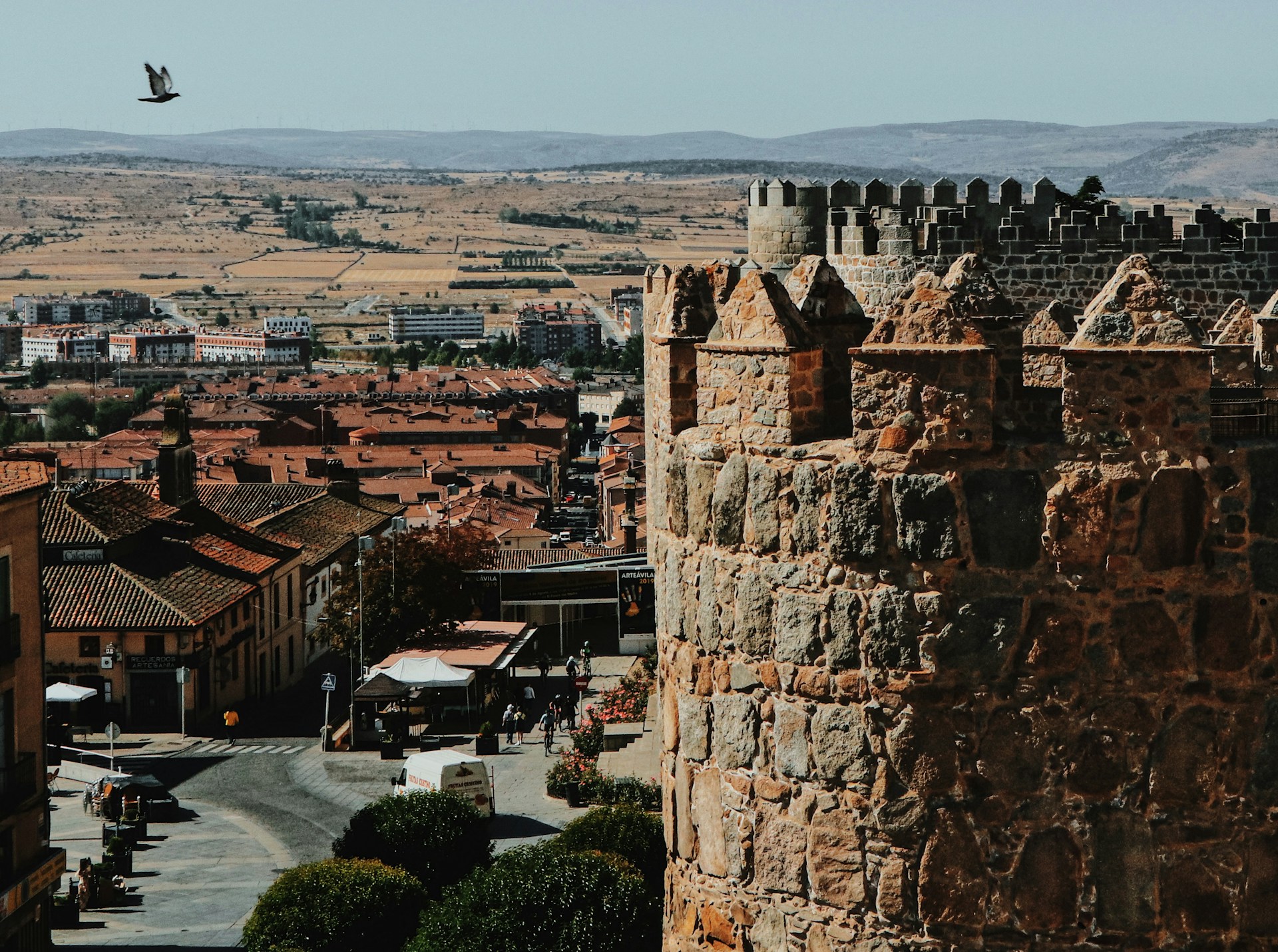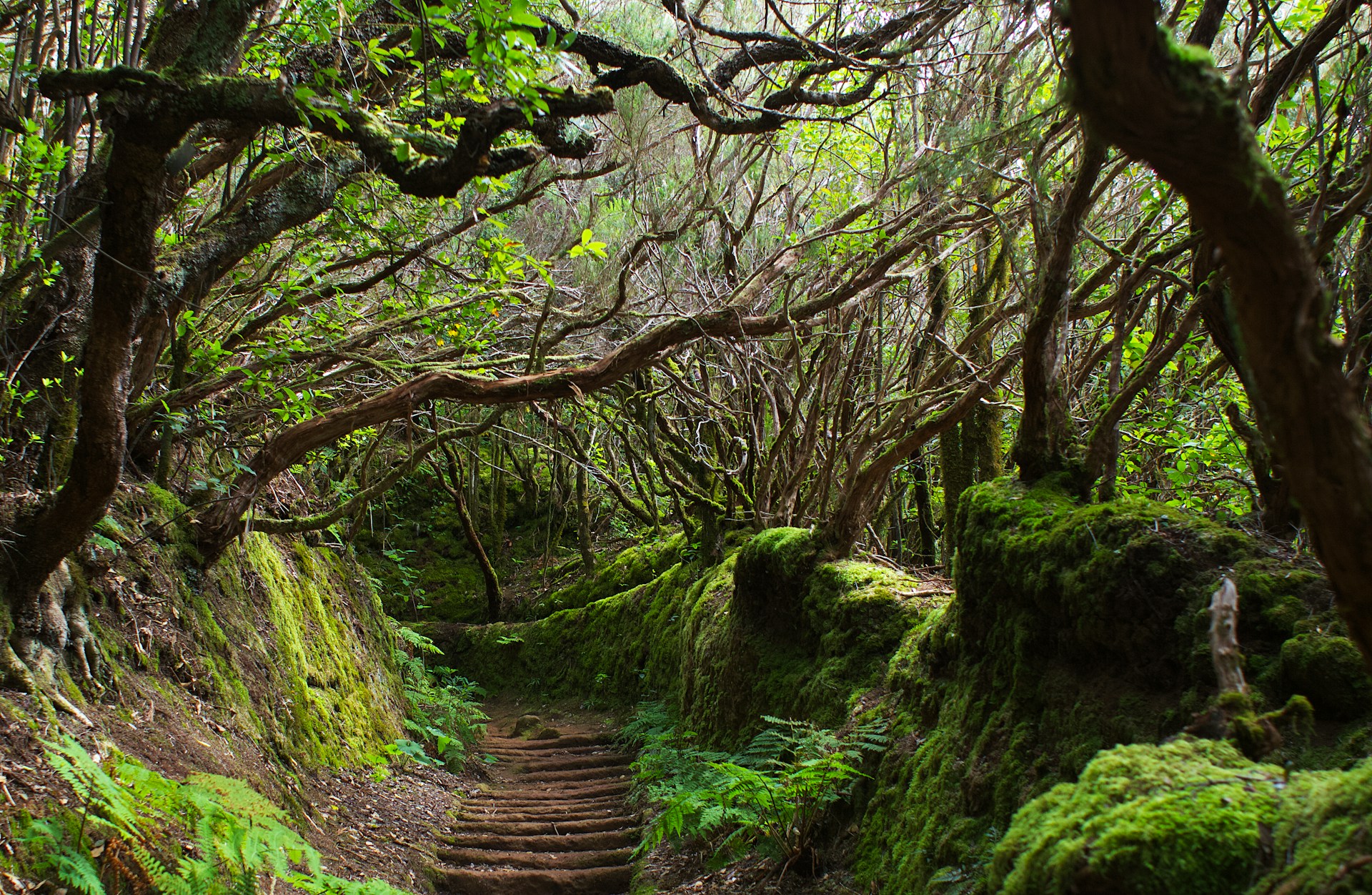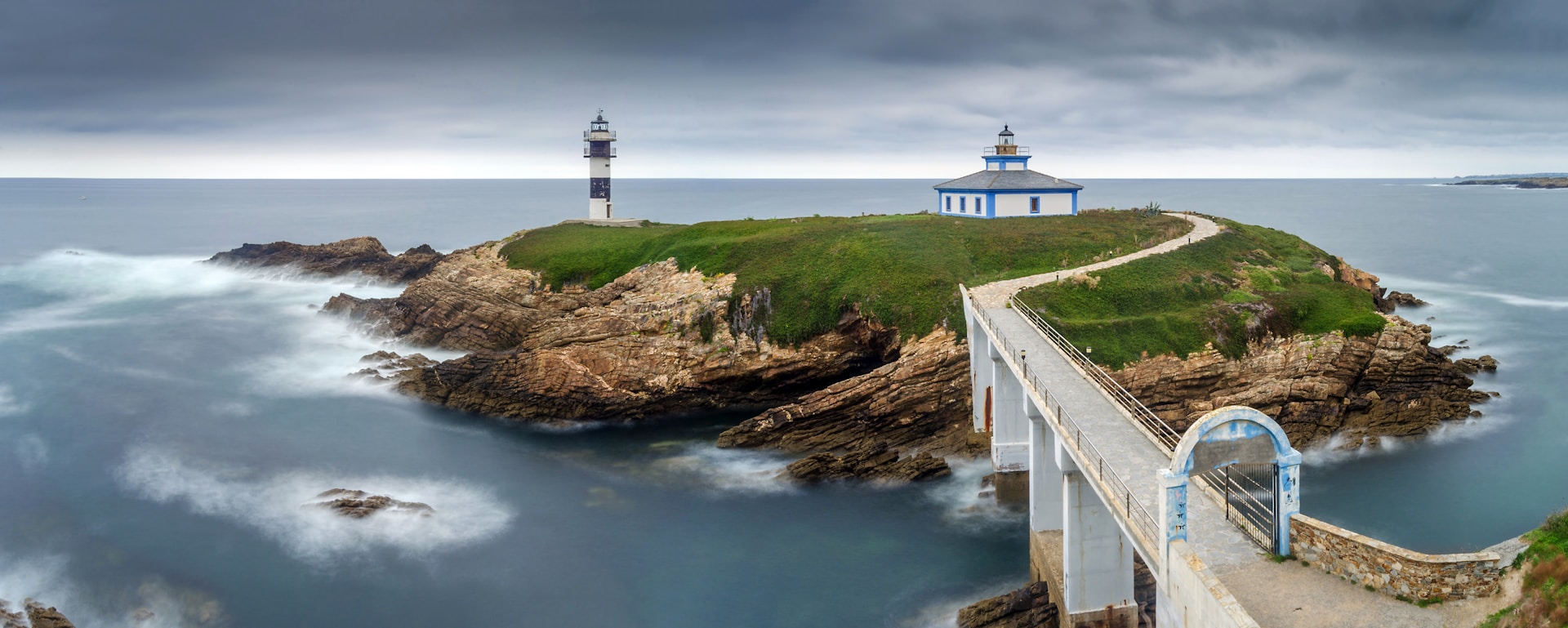Are You Familiar with Spain's Magic Towns?
Sometimes, the greatness of a trip is in the small destinations you visit. Those special places that preserve their essence almost unchanged. The network of magic towns in Spain encompasses approximately 150 municipalities spread across the country where you can stop off on your travels for a charming and unforgettable experience. What are you waiting for?
Requirements to be considered a magic town
You might be wondering, what exactly makes a place magical? It might take you by surprise, but the qualities that a town has to meet to be considered part of the “Magic Towns of Spain” association are very real and demanding. The first step is to ensure easy access to the municipality, as well as museums and interpretation centres that help visitors understand its origin. Next, properly preserved civil and religious monuments that depict the architectural legacy of the different civilisations that have inhabited Spain. Equally important are hiking trails and active tourism activities, as well as festivals and traditions that keep local culture and customs alive. In turn, magic towns must have panoramic viewpoints from which to admire unique landscapes and natural spaces, allowing visitors to get closer to their ecosystems. Finally, all magic towns must serve up nativecuisine using high-quality local products.

Photo: Avila, Spain
Magic at the heart of Spain
Just one hour from Madrid is El Tiemblo. This magic town, located in the province of Ávila, in Castile and Leon, boasts, in addition to special monumental heritage, natural spaces such as its chestnut groves home to centuries-old specimens. Another option very close to the historic city of Segovia is Turégano, a town that is known for the Romanesque art of the churches of San Miguel and Santiago, as well as its traditional roasts or its typical dish of cod with arriero garlic. Alternatively, look up at the castle that presides over the town of Molina de Aragón, in Guadalajara, Castile-La Mancha, which offers a preview of the medieval atmosphere that you can still see in its streets. Another recommendation is the green walk that follows the bed of the River Gallo.

Photo: Tenerife, Spain
Andalusia and the Canary Islands, the magic of the south
The region of Andalusia is home to almost fifty magic destinations. Its western provinces of Huelva, Córdoba, Cádiz and Seville are home, for example, to towns of particular historical importance such as Palos de la Frontera, from where Christopher Columbus' expedition that arrived in America for the first time left in 1492; the twenty villages that make up the Cordoba municipality of Iznájar or the mountain caves of Villaluenga del Rosario, the highest town in the province of Cádiz. While the eastern area of Jaén, Granada, Almería and Málaga are home to charming towns like Laujar de Andarax, an icon of the Alpujarra of Almeria located at the foot of Sierra Nevada; the monumental and natural beauty of Iznatoraf, nestled between the River Guadalimar and River Guadalquivir or the white and flower-lined houses of Canillas de Aceituno, where its typical roast 'Chivo de Canillas' is a tradition. If you visiting are the Canary Islands, on the island of Tenerife, at the foot of Mount Teide, you can visit Icod de los Vinos, which boasts the largest forest mass in the Canary Islands and its wind cave is the fourth longest in the world. Green valleys and lush forests also await you in Tijarafe, on La Palma, in addition to its traditional devil dance every 8 September. In turn Mazo is considered the municipality of traditional craftwork par excellence, with the largest number of registered craftspeople on the island.

Photo: Illa Pancha, Ribadeo, Spain
Magic towns in the north and east
Just over 80 kilometres separate the magic towns of O Vicedo, in the Galician province of Lugo and Castropol, in Asturias. These are two charming corners nestled along Spain's northern coast. In the former, visitors can wonder at its majestic cliffs, white sand beaches and exquisite sea and mountain cuisine, which is also something they can enjoy in the unique Asturian municipality, whose location on the Eo estuary is reminiscent of the bow of a ship. Aragon is another region that boasts most magic towns in Spain. These include one in Teruel, called La Fresneda, a monumental town nestled against a backdrop of imposing nature. One great destination for learning about part of Spain's contemporary history is Belchite, just 50 kilometres from Zaragoza. There, you can tour the ruins of the old town, where one of the main battles of the Spanish Civil War took place. If you download the Magic Towns of Spain app to your mobile device, you can access the magic passport digital, a practical tool containing all the necessary information to choose those places that most attract your attention and get a stamp for each of your visits to a magic town.

